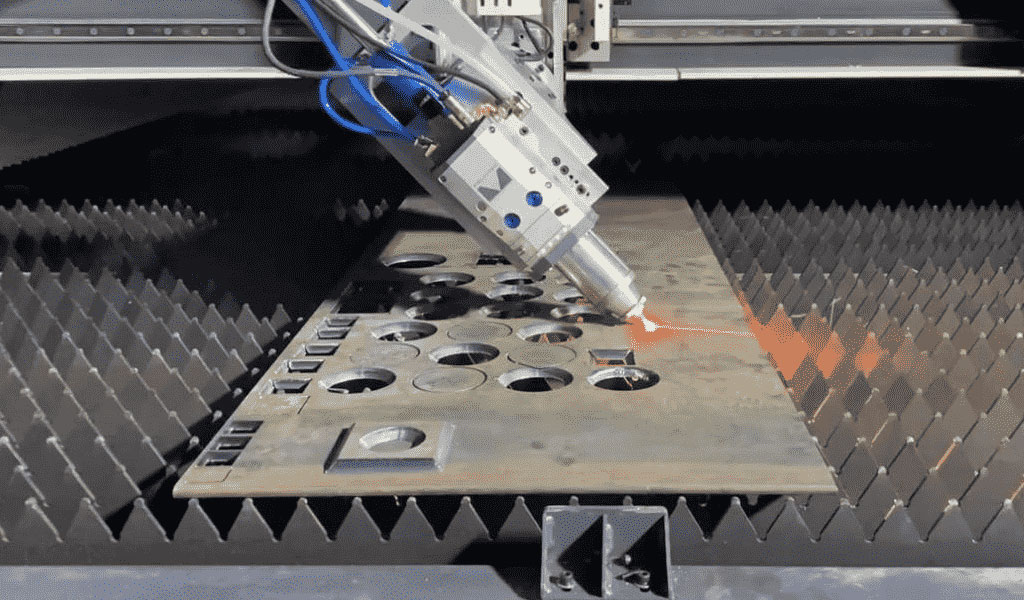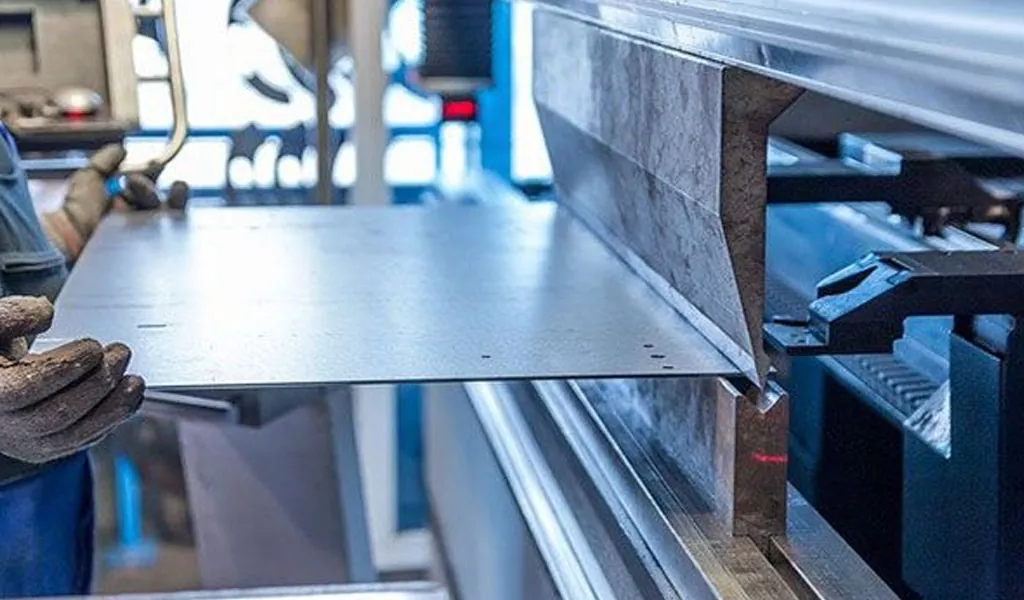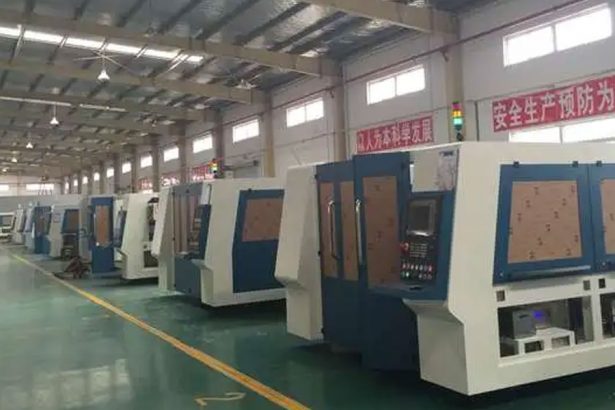Alloys have played a pivotal role in human civilization for millennia, shaping industries, technologies, and daily life. These remarkable materials are the result of combining two or more elements, often metals, to create substances with unique properties and enhanced performance. In this article, we will delve into the world of alloys, exploring their composition, properties, and the numerous advantages they offer in a wide range of applications.
Understanding Alloys
Alloys are created by mixing two or more elements, usually metals, in precise proportions. The goal is to combine the desirable properties of the constituent metals while mitigating their individual weaknesses. This is achieved by using elements with complementary characteristics. Common alloying elements include iron, copper, aluminum, and titanium, among others.
Properties
The amalgamation of different elements leads to alloys with a host of distinctive properties, making them superior to pure metals in many applications:
- a. Strength and Durability: Alloys often exhibit greater strength and durability than their parent metals. For instance, steel, an alloy of iron and carbon, is renowned for its incredible strength, used in the construction of skyscrapers and bridges.
- b. Corrosion Resistance: Certain alloys, such as stainless steel, have excellent resistance to corrosion, making them ideal for applications in harsh environments, like the chemical and food industries.
- c. Enhanced Hardness: Alloys can be engineered to be much harder than pure metals. For instance, the addition of tungsten and carbon to iron results in a harder, more wear-resistant material used in cutting tools.
- d. Electrical Conductivity: Alloys can be tailored to possess excellent electrical conductivity, such as bronze (copper and tin), widely used in electrical components.
- e. Heat Resistance: Some alloys are designed to withstand high temperatures, like superalloys used in jet engines and gas turbines.
Advantages
The use of alloys offers several distinct advantages in various industries:
- a. Customization: Alloys can be tailored to suit specific needs, allowing for a wide range of applications across diverse industries.
- b. Weight Reduction: Alloys can be engineered to be lighter while maintaining strength, making them ideal for aerospace and automotive applications.
- c. Cost Efficiency: Alloys often provide a cost-effective solution compared to using pure, expensive metals.
- d. Environmental Benefits: Alloys can help reduce the environmental impact by optimizing material use and enhancing energy efficiency.
- e. Wide Applications: Alloys are ubiquitous in industries such as construction, aerospace, automotive, electronics, and more, making them vital to modern society.
Examples of Common Alloys
- Steel: An alloy of iron and carbon, steel is renowned for its strength and versatility, used in buildings, infrastructure, and tools.
- Bronze: Comprising copper and tin, bronze is valued for its durability, making it suitable for sculptures, musical instruments, and bearings.
- Aluminum Alloys: These alloys combine aluminum with other elements to enhance its properties, making them ideal for lightweight structures and aerospace applications.
- Stainless Steel: A blend of iron, chromium, nickel, and other elements, stainless steel boasts corrosion resistance, making it essential in the food industry and medical equipment.
- Brass: A mixture of copper and zinc, brass offers good corrosion resistance and is used in decorative items, plumbing fixtures, and musical instruments.
Conclusion
Alloys have revolutionized the way we design and construct the world around us. Their unique combination of properties, tailored to meet specific needs, has made them indispensable in a wide range of industries. As technology and material science continue to advance, we can expect even more innovative alloys to emerge, further enhancing our ability to create safer, more efficient, and sustainable products and structures. In our ever-evolving world, alloys will continue to be a driving force for progress and innovation.

China Sheet Metal Fabrication Manufacturer
Custom precision metal fabrication services. Product specialties include UL® certified NEMA enclosures for various environmental conditions. Capabilities include punching, shearing, laser cutting, bending, machining, press brake forming, and welding. Materials worked with include mild steel, stainless steel, aluminum, brass, and more. Production volumes range from prototype to 10,000 pieces annually. Contract options include discrete orders, blanket orders, quarterly buys, and annual contracts. Value added services include inventory management, rapid prototyping, process development, design for manufacturability, inspection, supply chain management, transportation, and logistics. Industries served include aerospace, automotive, defense, electronic, electrical, entertainment, food and beverage, health, industrial automation, machinery, medical, oil, energy, power, sporting goods, telecommunications, transportation, and more.
using high quality materials
for your sheet metal parts orders
We uses a wide range of material selections for our sheet metal fabrication process. Among our materials are aluminum, stainless steel, brass, magnesium, copper, carbon steel, bronze, galvanized steel, and more. Each material is available in different grades and varieties. Rest assured that all the materials used for your sheet metal parts are durable, corrosion-resistant, long-lasting, rust-proof, wear-resistant, and high-performance. If you want a specific material to be used in the sheet metal fabrication process, don’t hesitate to contact us!
- Carbon Steel
- Stainless Steel
- Aluminum
- Brass
- Copper
- Magnesium
- Bronze
- Galvanized Steel
Why BE-CU is Trusted by 1000+ Clients
Our sheet metal fabrication covers a lot of benefits to many industries, businesses, or projects. Below are the advantages of our services.
- Affordable and Fast Production:We can quickly produce different sheet metal prototypes and final products. KDM offers speedy production while assuring high precision. Our high-volume production also allows us to have cost-effect sheet metal fabrication services.
- Excellent Strength to Weight Ratio:Through our advanced sheet metal fabrication, we can produce sheet metal parts that are lightweight yet durable. We assure high strength, scratch resistance, and corrosion resistance to all produced sheet metal products.
- Wide Range of Materials and Techniques Used:We are experts in different sheet metal fabrication techniques that allow us to produce complex parts with additional intricate features such as notches, slots, holes, etc. Our wide range of sheet metal materials can also withstand electrical, high heat, corrosion, and more.
Online Contact China Precision Sheet Metal Manufacturers
As a direct supplier of precision machined and finished complete components to all segments of the aerospace, semiconductor, automotive, and medical industries, including innovative high tech startups, BE-CU Sheet metal manufacturer is your trusted source for precision sheet metal fabrication services.
To learn more about our aluminum,stainless steel and other steel alloy sheet metal fabrication services, contact us, or give us a call at +86 153 8731 8440, and one of our expert associates will assist you. BE-CU is your trusted source for premium sheet metal fabrication services and metal spinning china manufacturer.




